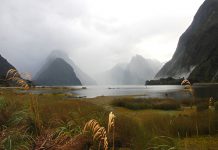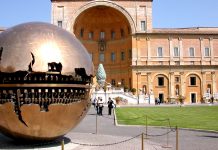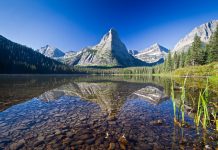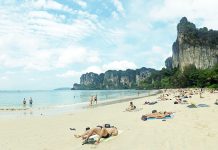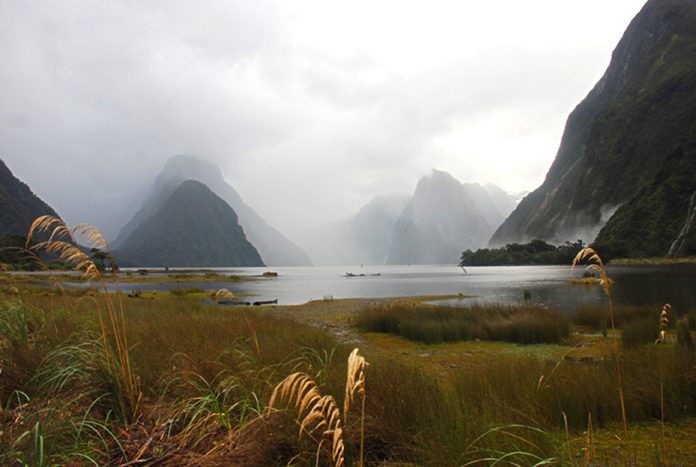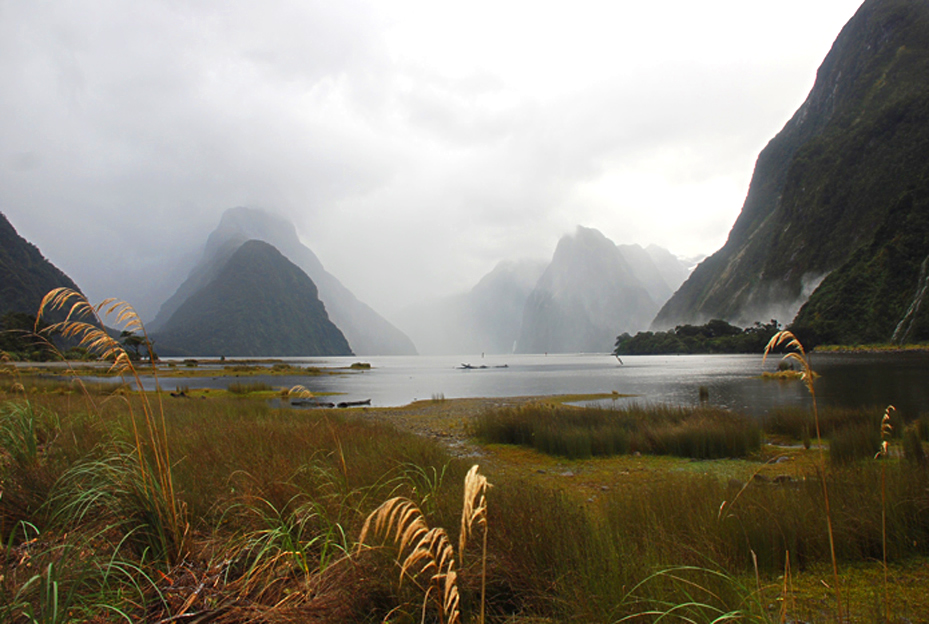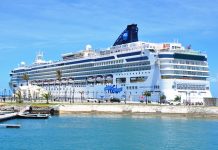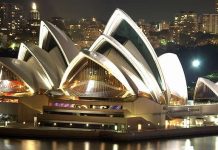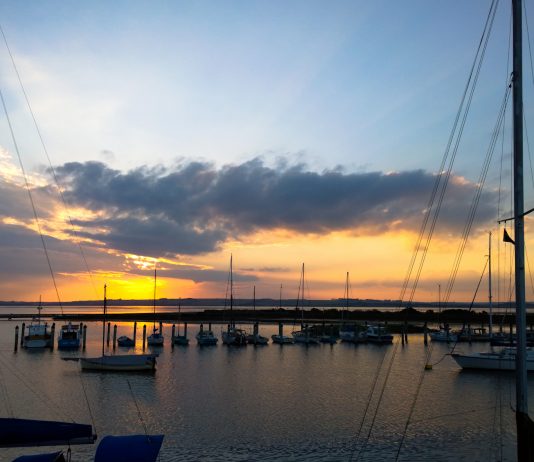Fortunately, New Zealand’s traffic laws are quite similar to Australia, but there are some differences you’ll need to be aware of so that you don’t end up with a fine or, worse, causing an accident.
The majority of signs in New Zealand use internationally recognised icons and are the same shape and colour as those in Australia, although some are different, notably:
- Pedestrian crossing ahead – this is marked with a diamond on the road and a yellow sign
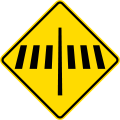
- Parking – see below
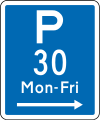
- School zones – sometimes these are marked with flashing speed limits (40kph)
- Road works – all signs are in orange
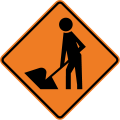
Focus on courteous driving
Police have a focus on keeping traffic moving during holiday periods. Some routes can become extremely busy. Police will pull you over and ticket you if you are dawdling along and not letting other drivers pass. There are fairly frequent passing bays and passing lanes on main roads. If you have vehicles behind you wanting to pass, it is your responsibility to give them that opportunity.
The Police are also cracking down on tourist drivers driving dangerously, especially in the picturesque South Island. It’s important you know the basic road rules (there’s a free Road Code quiz here http://www.drivingtests.co.nz/roadcode/tourist/).
Situations in which your rental car could be impounded
The open road speed limit is a maximum of 100kph and the urban speed limit is 50kph unless otherwise posted. There are some situations, though, where your rental vehicle is at risk of being impounded and this has been a problem for some tourists. There are three situations where the speed limit drops significantly and in two of them you won’t see a speed limit sign. If you are caught doing more than 50kph over the speed limit then you will be disqualified from driving, the car will be impounded and you will receive a heavy fine.
The situations are:
- Passing a stationary school bus that is picking up or dropping off children: The speed limit past the bus, regardless of whether it’s on your side of the road or not, is 20kph. Take extra care in rural areas because the open road limit is 100kph and you can easily come around a corner and find a school bus parked there. Watch for signs advising that it’s a school bus route, and take care between 8-9 and 3-4 on week days that aren’t school holidays. If you are doing more than 70kph past a school bus and you are caught, expect to have to arrange new transport.
- Passing an accident site: If you see a blue or orange sign saying ‘Accident’ then the speed limit until you have passed the site of the accident is 20kph. Only police can put this sign up, so they will be on the scene. There could be debris on the road, so slow down otherwise you might be calling a taxi.
- Roadworks: Roadworks are usually signposted 30kph unless on a motorway when they will be 70-80kph. If you have been travelling at 90-100kph and you have to slow down to 30kph it feels like walking speed. Police will pull you over if you are speeding. If you are doing more than 80kph your car will most likely be impounded.
Other speed traps
Beware of speed limit tolerance on public holidays and holiday weekends as they often drop to just 4kph above the posted limit rather than 10kph. While you won’t get a huge fine, it is an inconvenience. Watch for unmarked and marked speed camera vans, often just around corners parked on verges in rural areas. Some areas of New Zealand, particularly the Hauraki Plains and Canterbury Plains, have long straight roads that can be several kilometers long and it’s easy for speeds to creep up. Use cruise control to help you keep your speed down.
In a 90kph with a passing lane you are allowed to do 100kph only if you are overtaking. It is an offense to speed up when someone is passing you, though.
Parking
New Zealand’s parking signs are in blue with white writing and they will give you a permitted parking duration in minutes, e.g. 60. If they don’t have a specific time (e.g. Mon – Fri) then they’re valid from 8am to 6pm, Monday to Saturday.
New Zealand doesn’t have a solid yellow line for no parking; it has a broken yellow line, which is the Australian clearway line. Don’t park on a broken yellow line, although you can stop in a rental car to pick up or drop off passengers.
Taking it easy
Remember that you’ll be a little bit tired and jet-lagged for a few days when you get to New Zealand so take it easy on the roads. The scenery is beautiful but you’ll still need to keep your eyes on the road. Plan for regular breaks and if you are feeling tired, pull over and have a rest.
Photo by: Heike Quosdorf, Driving Tests

